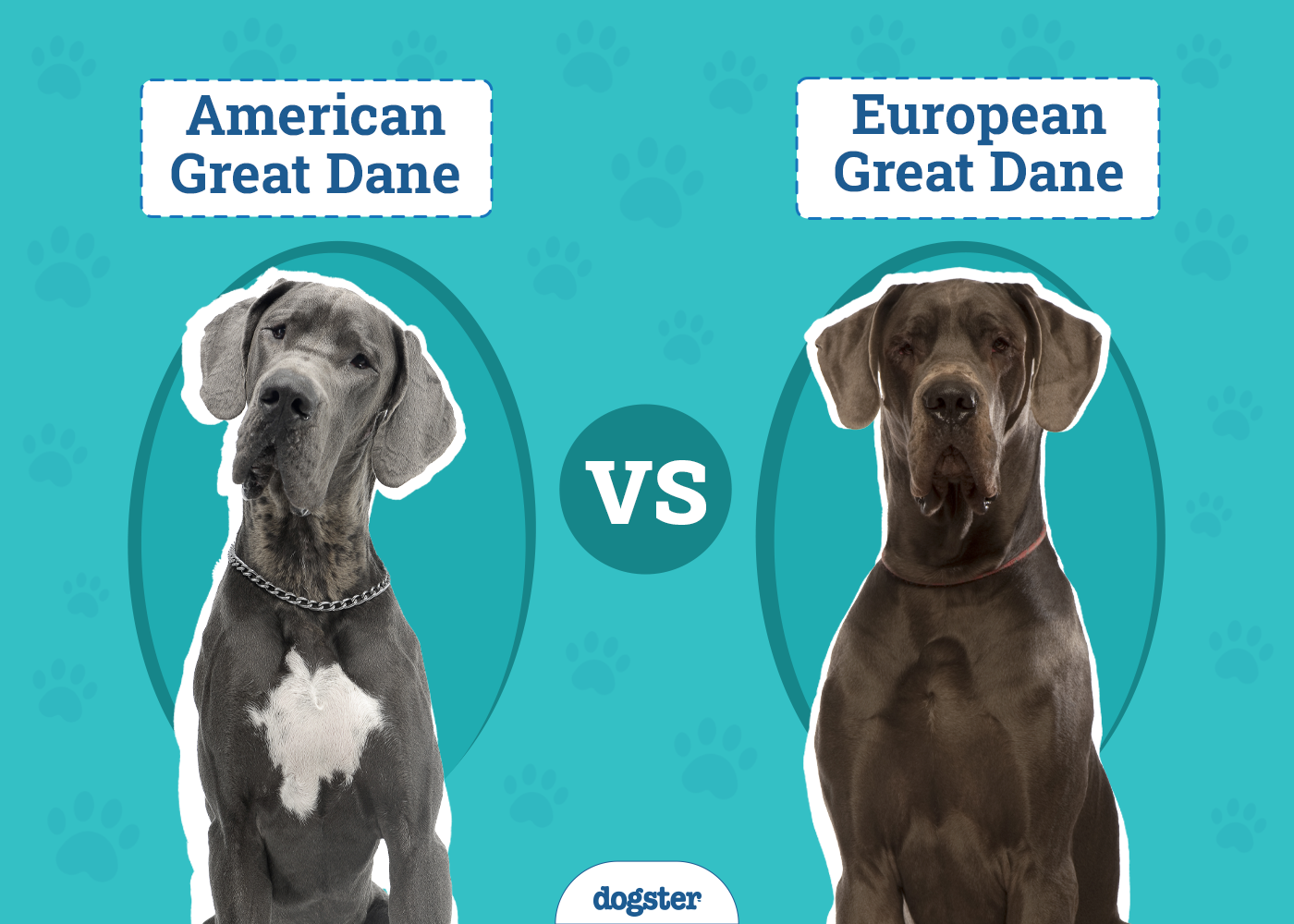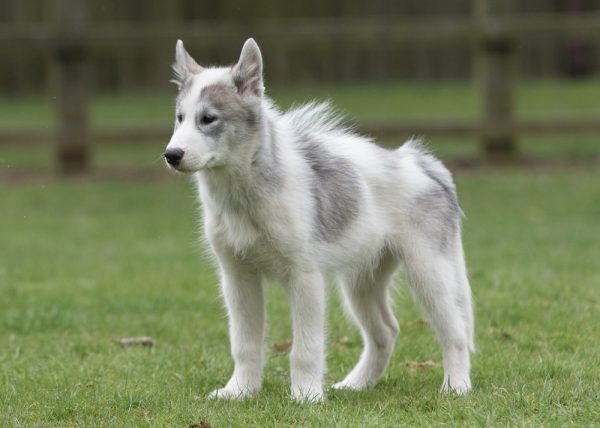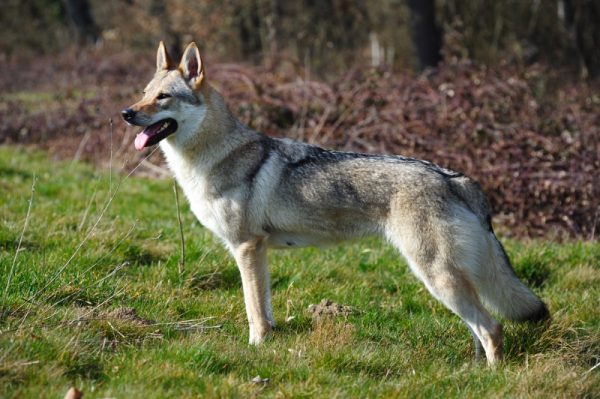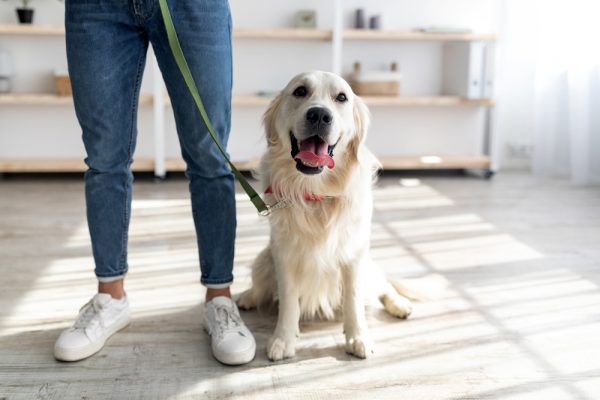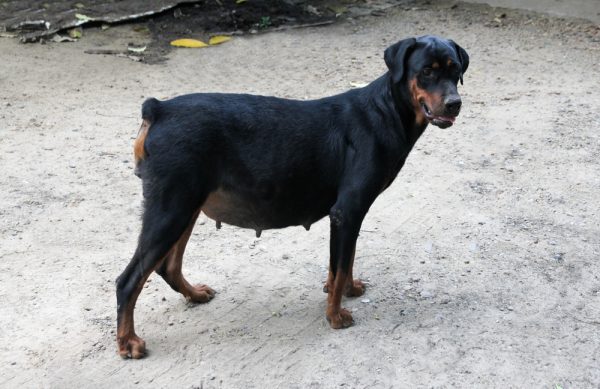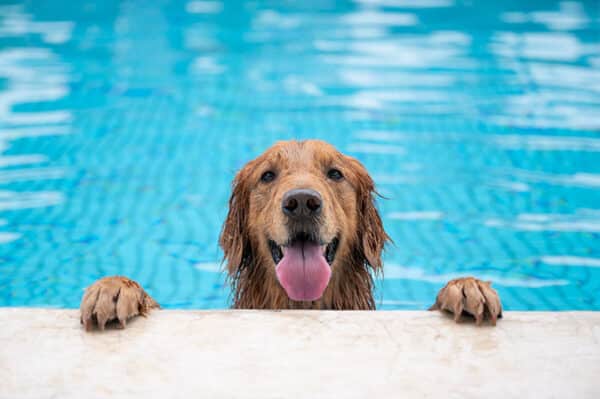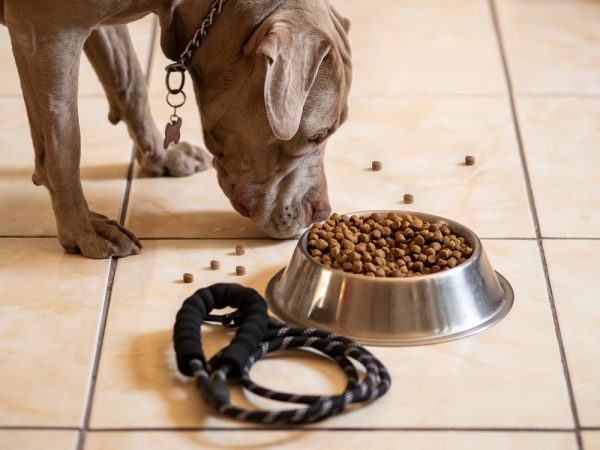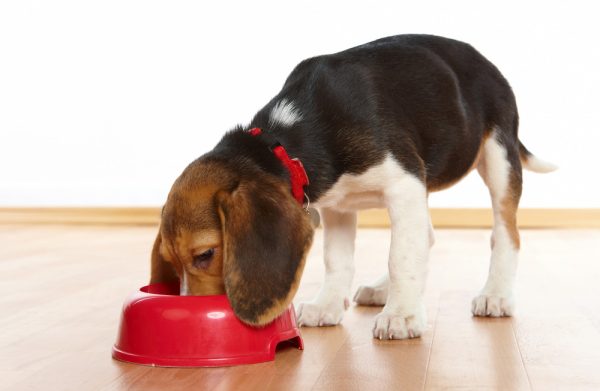In this article
American and European Great Danes are extremely similar animals. Both are large dogs, love their family members, get along well in social settings, and look alike. However, there are a few differences that are worth noting, especially if you are trying to decipher which specific dog breed is the right one for you, your family, and your household’s overall lifestyle.
The American Great Dane originated in Europe, just like the European Great Dane. When the dog became popular in the United States, breeders decided to import European Great Danes and breed them using their own standards and modifications. These dogs share the same DNA, but due to the differences in breeding practices, they are considered two different types of dogs. Let’s look at each breed and how they compare.
Visual Differences
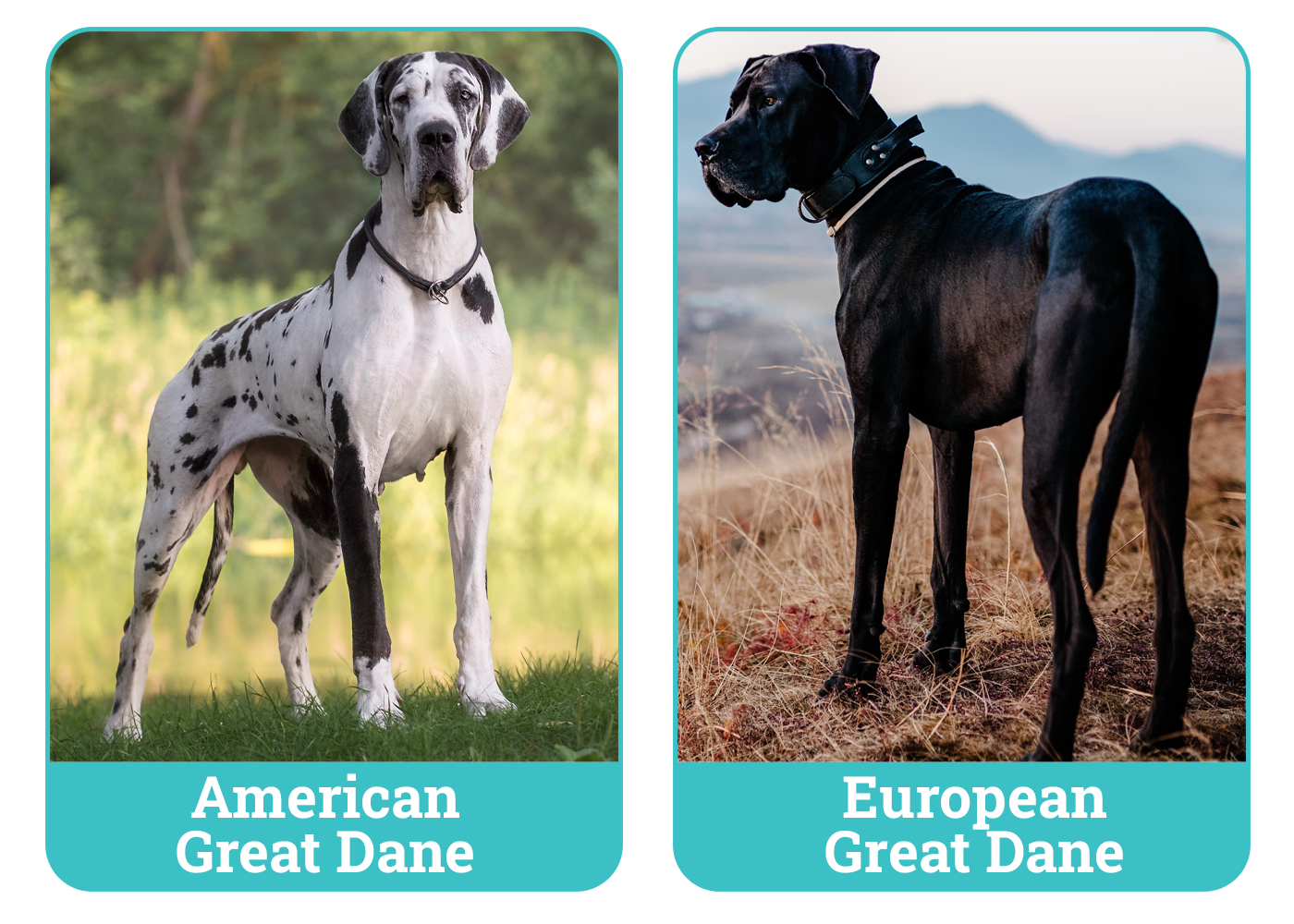
At a Glance
- Average height (adult): 28–32 inches
- Average weight (adult): 100–120+ pounds
- Lifespan: 8–10 years
- Exercise: 1+ hours a day
- Grooming needs: Easy
- Family-friendly: Yes
- Other pet-friendly: Often
- Trainability: Intelligent, loyal, friendly, fun loving, playful, easy to please
- Average height (adult): 30–32 inches
- Average weight (adult): 140–175+ pounds
- Lifespan: 8–10 years
- Exercise: 1+ hours a day
- Grooming needs: Easy
- Family-friendly: Yes
- Other pet-friendly: Often
- Trainability: Intelligent, independent, loyal, sociable, family oriented

American Great Dane Overview
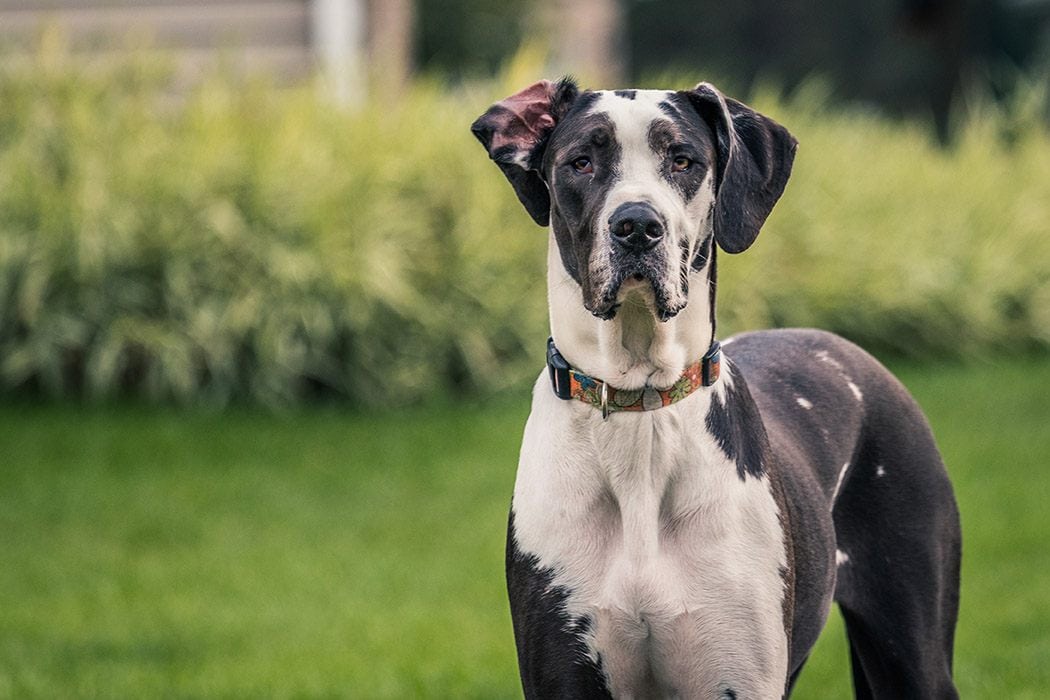
The European Great Dane started appearing in the United States during the 19th century and soon after, was bred using American practices. The breed was recognized by the AKC in 1887. While they’re technically the same dog as the European Great Dane, different breeding practices have resulted in a few physical and temperament differences, which is why these dogs are distinguished by the location in which they were bred.
Personality / Character
Although Great Danes are extremely large, this is a kind and gentle breed. These dogs love to spend time with their human companions and get along well with children. They are affectionate and loyal and love to socialize at home and in public settings. They also make good guard dogs, as protecting their family members is a priority to them.
Training
Great Danes are smart, so they tend to take to obedience training well. They should start training while still puppies, to help ensure good behavior and positive social skills as they age. These dogs tend to be highly energetic, so training can help them release their energy in positive ways. Consistent obedience training should continue throughout a Great Dane’s life due to their large size and personality.

Common Health Issues
This dog breed is generally healthy, but their large frame can make them prone to certain health conditions that every owner should be aware of. For example, gastric dilation-volvulus is a deadly condition that primarily affects giant breeds like Great Danes. Here are a few other health conditions that Great Danes could develop:
- Hip dysplasia
- Elbow hygroma
- Hypothyroidism
- Wobbler syndrome
Suitable for:
The American Great Dane is an excellent family dog that can get along well in a variety of household situations. While a house with a fenced yard is ideal, this breed can live happily in an apartment setting if they can go out for walks and playtime daily. Due to their size, this is not the best pet breed for seniors or those with mobility issues.

European Great Dane Overview
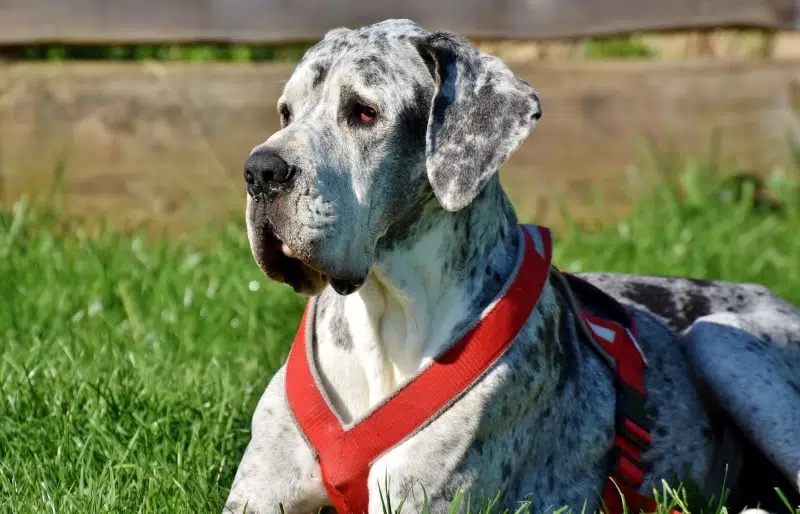
European Great Danes are more docile and independent than the American version of the breed. They also happen to be lazier, often referred to as “couch potatoes” by their loving owners. Great Danes from Europe are still bred as working and hunting dogs, though, whereas the American versions are typically bred as family pets and guard dogs.
Exercise
Although European Great Danes enjoy couch time, they also like to get outside and be active during the day. These dogs should get at least 1 hour of exercise each day to stay happy and healthy throughout their lives. Exercise can come in the form of walking, agility training, dog park visits, and games of fetch in the park.
Sociability
All Great Danes are sociable, but the European version is more independent and prefers to maintain a bubble of personal space most of the time. These dogs should start socializing with other people and dogs while puppies to help ensure that they don’t become as shy or aggressive as adults. They can get along well with well-behaved children, although their size can be a danger to little ones if they get carried away during playtime.
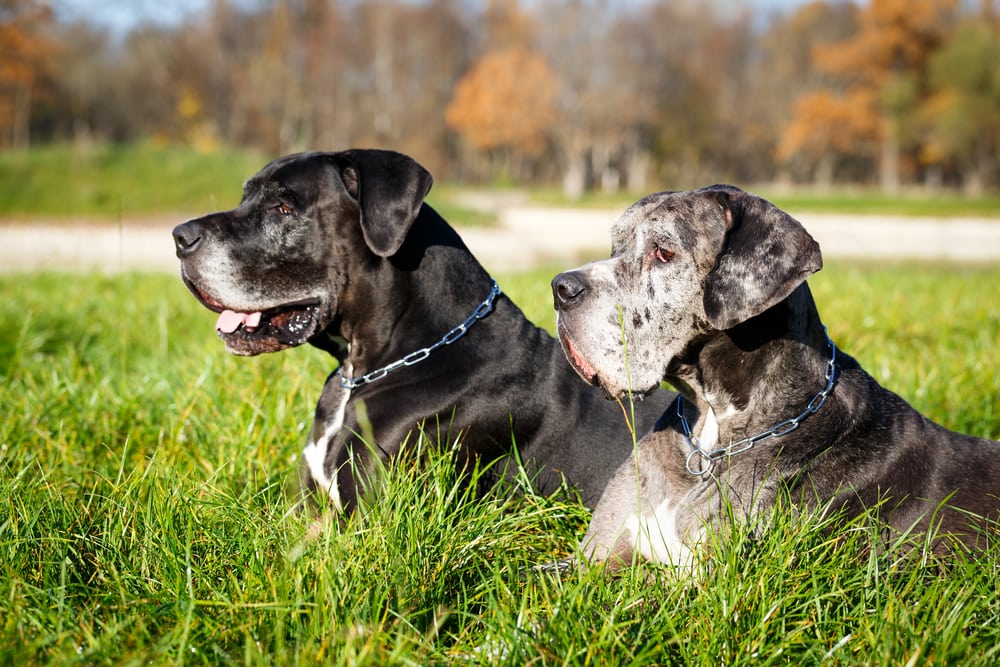
Breeding
The breeding of European Great Danes is still going strong today. The dog breed is popular among hunters, farmers, and families alike. Not all breeders are created equal, though, so it’s important to do your due diligence and ensure that you understand exactly how a breeding operation works before deciding to purchase a pup from them. Keep in mind that Great Danes end up in shelters just like any other dog, so it’s always a good idea to check all your local shelters and humane societies for a pup to adopt before trying to buy from a breeder.
Suitable for:
European Great Danes are great for families, hunters, and farmers. These are hardworking dogs that love spending time with their human companions and don’t mind cuddling on the couch while their family watches a movie. They need plenty of room both inside and out to stretch and play. They also require guidance and discipline from someone comfortable playing the “pack leader” role.

Physical Characteristics
When looking at an American and a European Great Dane, you’ll notice that the latter is bulkier than the former. They are both about the same height, but the European Great Dane is typically considerably heavier than the American Great Dane. Their chest is typically broader and their cheeks “looser,” whereas the American Great Dane’s chest is thinner and their facial cheeks “tighter.”
Otherwise, both types of Great Danes look remarkably similar (it’s hard for many people to tell the difference, especially through pictures) and can develop a variety of different coat colors. The most important distinction between these two types is where they are bred. American Great Danes are bred strictly in the United States, whereas European Great Danes are bred exclusively in Europe, hence their names.

Which Breed Is Right for You?
The truth is that the right Great Dane for you is one that’s located near your area. If you live in the United States, there is no need to get a Great Dane from Europe, and vice versa. Both types of dogs can hunt, guard, work on a farm, and get along well in family environments. That said, all Great Danes have unique personalities, so it’s a matter of finding one that gets along well with everyone in your family.
See also:
- Great Dane vs German Shepherd: Notable Differences (With Pictures)
- Can a Great Dane Be a Service Dog? Facts & FAQ
Featured Image Credit: Top – American Great Dane (Tara Lynn and Co, Shutterstock) | Bottom – European Great Dane (BIGANDT.COM, Shutterstock)
